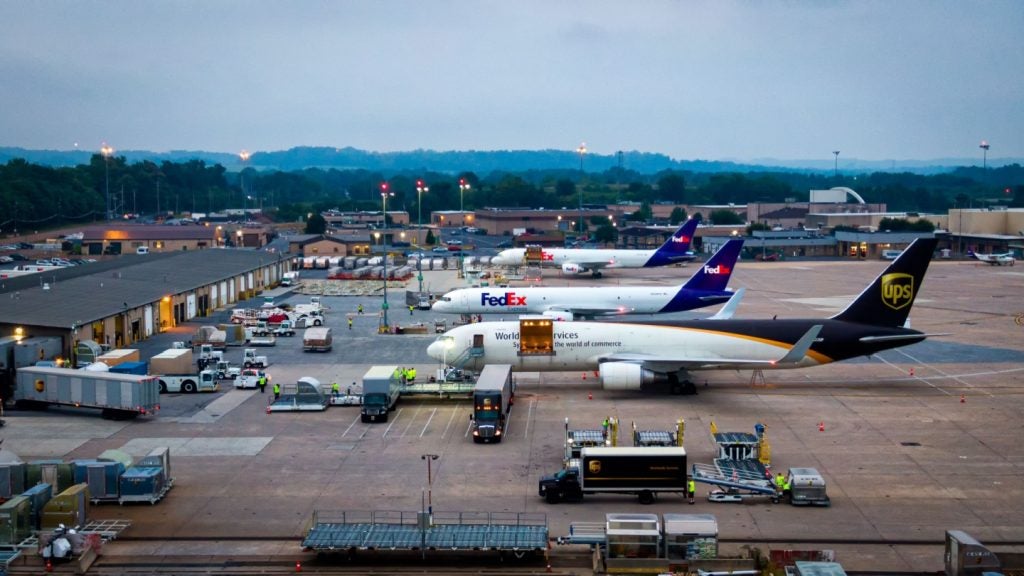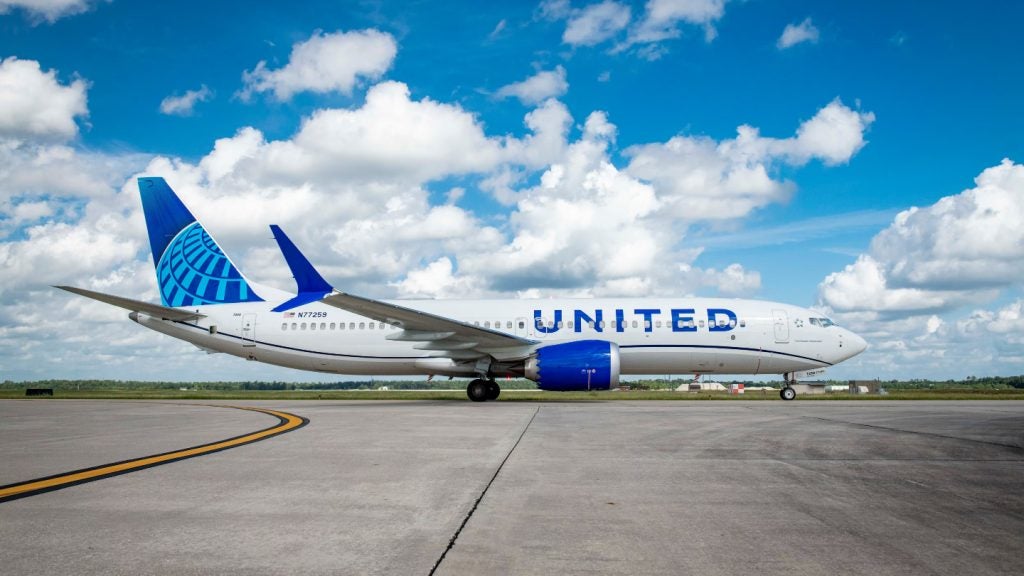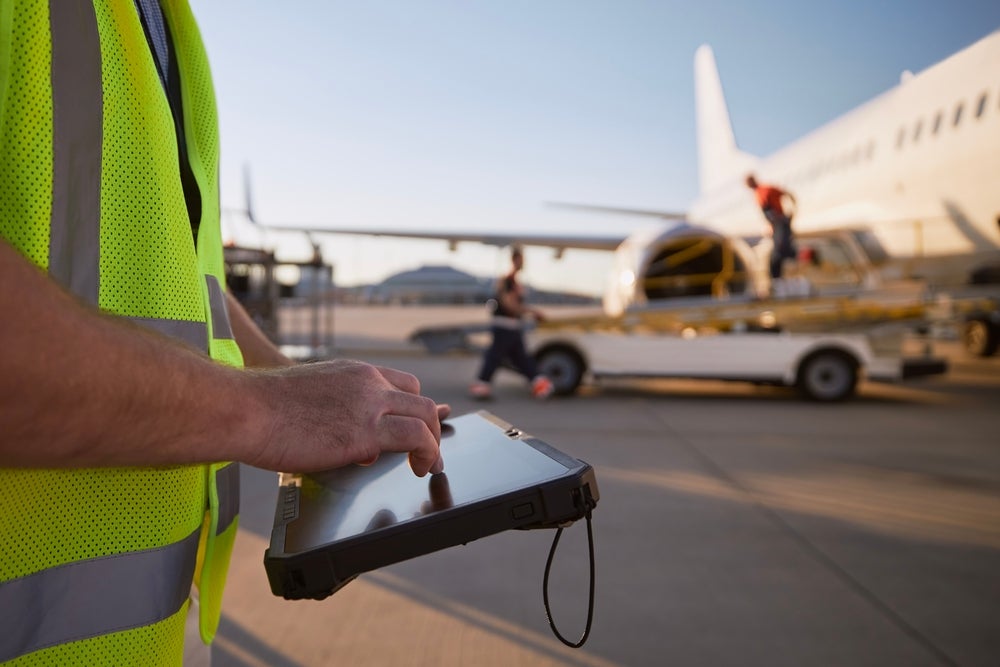
The development of Beijing International Airport raises two key questions: ‘how?’ And ‘why?’ There are obvious answers to the ‘why’ element – why does any international airport wish to expand? Money is generally the key driving factor and increasing passenger numbers through the airport is the ultimate goal. However due the political, economic and historical background of China there are other elements that set a precedent.
A national achievement
National pride and patriotism weigh greatly on the minds of the Chinese. When asked about their achievements relating to the Beijing Olympics, physical expansion and improvement of standards are mentioned, but what is most evident is the pride they feel about how they have grown and changed as a country and presented their image to the rest of the world. “BCIA has reached an important point in its history,” says Dong Zhiyi, president and CEO of Beijing Capital International Airport. “During the Olympic Games we established very good relations with the international press. They report on the airport as China’s first international gateway, and have dramatically improved its image.”
There is an air of joint responsibility. The recent success and growth of the Chinese economy can certainly be attributed to the success of their airport management skills, but the focus is always on the Chinese people and how they contribute to the success of the country and the airport. “Our human resource strategy is paramount,” continues Dong. “We are developing plans to train our staff on several levels through the Capital Airport Management Academy. We always look to further improve the ability of all the staff, not only those of the airport authority, but also airlines, ground handlers and service suppliers,” he adds. “The competition among companies is, in the end, competition in human resources.”
China has expanded, grown and learnt so much from its Olympic experience, and is ready to show the world and the aviation industry what it is are made of.
See Also:
“We created new higher safety and service standards, together with government agencies, airlines and ground handlers to form an international standard. It also has our own features in terms of security, safety and service management,” says Dong.
How well do you really know your competitors?
Access the most comprehensive Company Profiles on the market, powered by GlobalData. Save hours of research. Gain competitive edge.

Thank you!
Your download email will arrive shortly
Not ready to buy yet? Download a free sample
We are confident about the unique quality of our Company Profiles. However, we want you to make the most beneficial decision for your business, so we offer a free sample that you can download by submitting the below form
By GlobalData“We have developed our arrival flows to our airfields, and have new methods to guide aircraft through. We have a dedicated express in our terminal to aid passenger travel and we also have the vehicle flow separation in our public area. Our baggage processes are focused on flow rates and giving a solid foundation to airport operations during major events. We have established a command control mechanism with emphasis on our terminal monitoring and control centre, and we have also developed our information circulation mechanism to make sure the airport is operated in a coordinated way.”
Safety and successes
BCIA has an impressive safety record. No civil aviation ground accidents and incidents caused by the airport have occurred since the company was founded. Its plans are also well laid. This is a crucial strategic development, and it is thinking outside the box to ensure the plans are executed successfully. It is proud of what has been achieved and how it’s been done. There is a level of honesty which gives you the impression the pride is genuine.
So what is being planned now? On the list is enhancing the routes network, cooperating with airlines on a strategic level and establishing hub alliances and cooperating with the all-important CAAC (Civil Aviation Administration of China) to get its support on policy.
BCIA isn’t afraid to try new things. The focus is clearly on passengers and the functionality of the airport as a whole – this is the key element that makes the airport expansion and development such a success. It is always looking at the bigger picture and how things can be improved from a holistic viewpoint. The flow of passengers is the main priority. It is in the process of constructing a 3D traffic system and expanding the ground traffic capabilities, by providing long-distance shuttle services to attract tourists from cities around Beijing and create an air to ground interface. It is also developing a commercial transfer service in order to create a better journey.
Economic support
Beijing’s advantages include the strong support of China’s rapidly growing economy and the pace of project completion. It took three years and nine months to complete the world’s largest terminal building with 1.38 million square metres of floor space. If anything, it shows Beijing’s dedication to the development of the airport. Also, in under two months, BCIA successfully brought the new Terminal 3 into operation smoothly. This is echoed by the rigorous training scheme the employees are encouraged to go on. Although there is an air that they are enforced rather than encouraged, it is clear that they are keen either way.
Traditionally the Chinese government has been fairly cautious towards journalists and is very guarded with international press.
However, when discussing BCIA’s future with Dong there is a sense that their ethos is changing. “Standing at this new point, our company will make sure that all the new concepts, services and standards will become a benchmark in the guidelines for our future work. We will also aim to improve our management mode, and, in line with our consolidated achievements and continuous improvements, the benchmark will rise to become first class, creating new and better standards. “We will create world-class safety management controls and higher operational flows to provide excellent services, making sure that other airports of this group, or even in China as a whole, will grow in a joint way. We will have an open mind when communicating with international partners, airlines, airports and business suppliers so together we can build BCIA into a hub for the Asia Pacific region,” he adds.
Right now Beijing Capital Airport’s hub strategy is in the development phase. It plans to complete the process by 2015. In the meantime, BCIA will not only be the first gateway of China, but also the international hub to realise the transfer function between Asia to Europe and America.







